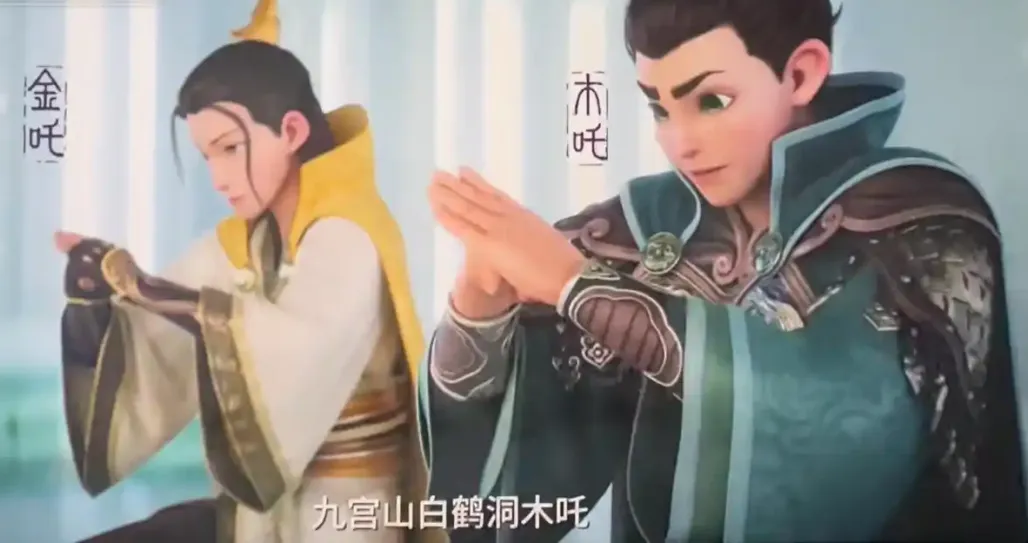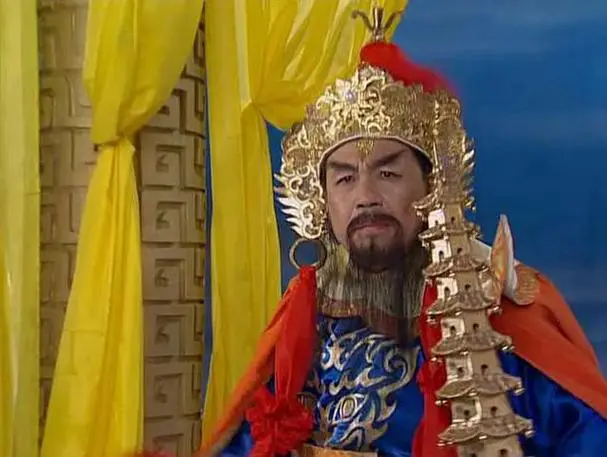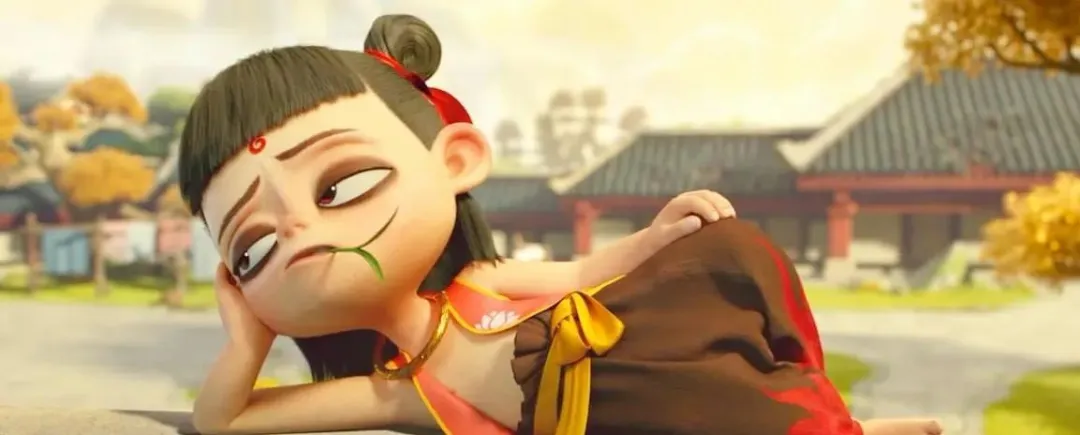五行有云,金木水火土。
你会不会疑惑——为什么哪吒的哥哥叫金吒、木吒,哪吒作为三太子,却不叫水吒呢?

原因在于,其取名与五行并没有关系,而是梵文的音译,不完全遵循汉字的本意排序。
The Chinese deity Nezha's origins can be traced back to the Hindu epic character Nalakuvara. The name Nezha is an abbreviated transliteration of its Sanskrit name.
李靖是历史上的唐代名将。随着传说传播和佛教影响,毗沙门天王的传说由于与李靖的事迹有共性,融合产生了新的民间传说。
Nalakuvara's father Kubera was eventually absorbed into the Buddhist pantheon as the Heavenly King Vaisravana. Vaisravana was somehow connected to the historical Tang Dynasty general Li Jing. This explains the name and position of Nezha's father, the Pagoda-Bearing Heavenly King Li Jing.

毗沙门天王的三个儿子分别是Kundali、Pratimoksa和Nalakuvara。对应音译为军荼利、波罗提木叉和那吒俱伐罗(那罗鸠婆)。
词语在长期流变中,为了通俗易读或流传方便,可能会产生缩短或转变读音的现象。

哪吒的名字那罗鸠婆,就在唐代佛经中被音译为“那吒”,后逐渐演变为“哪吒”。
The original variant of Nalakuvara, Naluojiupo (那罗鸠婆), evolved into Nazha (那吒). By adding the "mouth radical" (口) to Na (那), the name transformed into its current form Nezha (哪吒).
金吒的原型是密宗五大明王中的军荼利明王和毗沙门天王的长子甘露太子。
在早期文献中,金吒的名字多写作“君吒”“军吒”。
《三教搜神大全·七卷·那叱太子》记载:
“母素知夫人生下長子軍叱,次木叱,帥三胎那叱。”

《三教搜神大全·七卷》
木吒的名字来源于佛教名词“波罗提木叉”,意译为解脱。
事实上,两个哥哥在佛经中记载较少,但由于哪吒在民间名气较大,出于完善家庭背景的需要,“木叉”演化成了“木吒”,大哥也由“君吒”“军吒”,演化成了“金吒”。

这才有了现在的,金吒、木吒和哪吒。
来源:中国日报双语新闻
(如有侵权,请联系删除)